|
Twinning Association president Dave Peters At first sight, Port of Spain and St Catharines, Ontario, couldn’t be more different. About 4,000 kms north of Port of Spain, St Catharines is frozen during winter, and even as the eighth largest urban area in the province of Ontario, dwarfs its “twin city” in area and population. What the two cities have in common, Philip Atteck – the Trinidadian responsible for twinning the two cities – once said, are the warmth and vibrancy of their people. St Catharines (frequently misspelt and wrongly given an apostrophe), is in the Niagara Region and is one of its least populous with about 140,000 residents. A sizeable minority include Caribbean migrants and generational migrants, who have found comfort in one of Canada’s many welcoming cities. The flag of Port of Spain was recently hoisted by St Catharines mayor Mat Siscoe, at St Catharines City Hall, to commemorate the 55th anniversary of the twinning, an arrangement formalised in 1968. Twinning began after World War II when Japan, led by survivors of the catastrophic Hiroshima bombings, reached out to several European countries and cities, and approached the UN with an idea to “mundialise,” (from the word French word mondial, meaning "global”), with an end goal to prevent such human-caused tragedies from recurring. About two decades later, in 1965, Richard Hilker, a manager at Air Canada, asked Atteck, sales manager for Radio Guardian, to tour Canada to promote the Caribbean as a tourist destination for Canadians. Atteck travelled across the country, and with the support of donations and promotional materials, led a successful campaign to boost the Caribbean’s visibility as a tourist destination. During his tour, Atteck visited St Catharines, and the idea of twinning St Catharines and Port of Spain was conceived. Twinning committees were formed, and the cities officially twinned in 1968, embracing the UN Charter of Human Rights. The arrangement was formalised in August, 1968 when Hamilton Holder, shortly after becoming mayor of Port of Spain, officially declared Port of Spain a “mundialised city.” St Catharines mayor Mackenzie Chown was in Trinidad for the ceremony and declared his support for the newly twinned cities. Holder pledged on behalf of Port of Spain residents to “observe and uphold the universal declaration of human rights by the UN,” and “to join the rest of the world in the pursuit of peace, justice and friendly co-operation.” From there, the St Catharines Twinning Association was established. Atteck, who has been credited as the inspiration for the popular tourist attraction Festival of Lights in Niagara Falls, and served as honorary chairman of the association, died in 2009. The twinning arrangement led to a number of benefits, including free surgical treatment for Trinidadian children in Toronto, and the Rotary Club of St Catharines outfitting an operating theatre in Port of Spain. Medical collaboration also occurred, with Canadian doctors working in Trinidad. The twinning fostered cultural exchanges, as people visited each other's cities and citizens from Port of Spain travelled to St Catharines for educational opportunities. Brock University facilitated field trips to Trinidad, and a scholarship was established in 1993 for a Trinidadian student at Brock. In 2008, Brock University established a full-tuition Twinning Scholarship for Trinidadian students, with several recipients graduating. A memorial for Atteck was placed at Brock University's International Building. Newsday spoke with the association’s president Dave Peters, who said although annual activities have been affected in the past few years because of the covid19 pandemic, they have returned in full swing to bring the best of Port of Spain culture to St Catharines to commemorate the 55th anniversary. Peters said there have been documented benefits of the linkage between the two cities. He referred to a letter written by a Canadian policeman, who visited and worked in Port of Spain for a month during the 1970s. The policeman wrote that he had learnt more about cultural sensitivity in race relations in one month in Port of Spain than he could ever be taught in any classroom. “So that was such a powerful experience to have that exchange and to be able to understand how the police in Port of Spain were handling the multicultural aspects (of the community)...” St Catharines is regarded as particularly significant in terms of Afro-Canadian history. Executive members of the St Catharines Twinning Association's Port of Spain executive flank St Catharines mayor Mat Siscoe during the recent 55-year anniversary celebrations. - American abolitionist Harriet Tubman lived there in the late 1850s, having led her family to a community of formerly enslaved people, including some of her other relatives. Tubman led many enslaved people to a church called Salem Chapel in St Catharines after the passing of the 1850 Fugitive Slave Act, which allowed for the capture and return of enslaved people to their “masters” within US territories. The church still stands and has been designated a historical landmark by the Canadian government.
Today, the city and the wider region are regarded as particularly open to migration and diversity, and are home to a significant Caribbean minority. Apart from the more formal arrangements, the association and its members routinely organise social events, such as cultural shows, pop-up markets and seasonal events. It only has some 65 formal members, but includes many non-members in its activities. Peters said the association is always open to new members. High on the agenda is its Parang in Niagara 2023, scheduled for December, a mini-festival of music, food, shopping and other activities. (Source: Newsday, October 17, 2023)
0 Comments
Herman Gajadhar holding a photograph of his younger self The children attending Cunaripo Presbyterian Primary School in the 1930s had a rainy season problem. To get to classes meant walking many kilometres from the surrounding villages of Howson, Jaraysingh, Cheeyou, Nestor and Hassanali, places south of Sangre Grande that you may never have heard about. Back then, every road in these villages of rice and cocoa, coffee and tonka bean was a muddy mess. So the boys would wash their shoes at a well near the entrance to the hilltop school, while the girls cleaned theirs at a trough on the compound, before daring to step into the headmaster’s building. Infant Herman Gajadhar had no such problem. Because he owned no shoes. Gajadhar told us this story over a few beers at his home in Guaico, this week. He is now 95 years old, with a perfectly intact memory, and up to a week ago, was driving around Sangre Grande, slowly, and probably causing a traffic jam. Gajadhar was born into a family of 11 siblings, his parents, rice planters and cocoa farmers, living in the lowlands in Cunaripo. They were Hindus, one generation out of indentureship, but the Canadian Mission to the Indians (CMI) opened its school nearby, and education meant a chance to avoid a life as a lagoon or plantation labourer. Gajadhar said: “My father was a good gardener. My mother remained home to cook for us. But one thing, they made sure all of us went to that school. And in those days, the best job you could get was to be a teacher, or otherwise, it was working the riceland or with your father in the estate. But he made sure I got my education, so I didn’t have to do this all my life.” He did not squander the chance at school. Gajadhar was identified as a high performer and chosen for the pupil/teacher system where he assisted in teaching classes while supervised and monitored by the schoolmaster. He was 14 years old when he was paid his first salary of $12 a month. With it, he bought his first pair of shoes, the rubber-soled, canvas upper “washikong”. Gajadhar wrote yearly exams, which qualified him to attend the Naparima Teacher Training College in San Fernando, and by age 18 was an accredited teacher, working for a $20-a-month salary. His first assignment was a return to Cunaripo Primary School, before teaching stints at Fishing Pond, Sangre Chiquito and Plum Mitan Presbyterian schools. This was 1940s and ’50s Sangre Grande, and life was far different. The Trinidad Government Railway connected this East Trinidad town to Port of Spain, Siparia and Rio Claro, but you had your entertainment right here within bicycle distance. Your alcohol and lime was at Uncle Sam Bar. And there was the “theatre” of Samuel Juteram, the rags-to-riches owner of the Apollo Cinema, where Gajadhar went on a Friday to see the Indian films, and on a Sunday for the Hollywood movies, always in the “pit” where a seat cost 12 cents. Who needed the rest of the island, said Gajadhar, when you had your beaches, past the swamplands in Fishing Pond Village, or in Bande de L’Est where you could catch crab and make a cook at night, in the schoolyard on a weekend. Meeting place: Gajadhar’s liming spot in Sangre Grande—Uncle Sam Bar. And especially since you had liming partners like Isaiah James Boodhoo (1935-2004), who also started as a CMI pupil/teacher, but would go on to become one of the region’s critically acclaimed artists. Long before that, Boodhoo was the leading “girls man” in the town, with the gift of gab, good at cricket, cards and everything else. Gajadhar would be tamed in his 30s when he married a reverend’s daughter, Elodie, and settled down to father two sons, Trevor and Addison, and teach countless children at Guaico Primary School over a decade. He would qualify to teach at the secondary school level, and older people along the Atlantic Coast may remember him at schools in Rio Claro, Manzanilla and Guayaguayare where he taught the subject principles of business (POB). It also appears he employed these business principles because he started investing in real estate, taking loans and buying land cheap, and reselling when the price increased. Meanwhile, he became a respected elder at the Morton Memorial Presbyterian Church where his wife was secretary and singer. That school closed about ten years ago. In 2021, he gave a video-recorded interview where he told about his volleyball talents, wedding sermons, the need to bring back the church harvests and village councils, and how sometimes an entire train carriage was filled with Presbyterians going to Arima or San Fernando. After his retirement, Gajadhar opened a private secondary school in Sangre Grande where accounting, shorthand and typing were taught. His wife was a teacher, and he the principal. He also let us know that he wrote his own book, A Secretary’s Companion. flashback, 2001: Herman Gajadhar. —Photo: Morton Memorial Presbyterian Church Two years ago, Gajadhar’s wife died at age 86. One son is in Canada. The other settled in the home village of Cunaripo.
So Gajadhar now spends his time in a comfortable armchair, near a cabinet filled with sporting trophies, school and long-service awards, being visited by church friends and neighbours. On the wall across from him is a framed painting given to him by his friend Isaiah. He said: “I like to watch that picture. It brings back all the good memories.” (Source: Richard Charan, Sunday Express, September 21, 2023) Born Ebenezer Elliot, he was more popularly known a Papa Neezer or Neza. He was a direct descendent of original Merikin settlers George Elliot, on his father’s side, and George Blackwell, on his mother’s side, His parents arrived in Trinidad as "merikins" immigrants and settled in Moruga as free slaves from America.
Born of African American descent, Ebenezar attended the village primary school in Moruga up to seventh standard. He was raised a London Baptist in the Church in the Fifth Company Village, and he remained a devout Baptist and a conscientious Christian all his life. He had a special liking for Shango religion (many worshipers prefer the name Orisha.) , and became an accomplished drummer and adherent to the religion and eventually became an accomplished leader of the religion. Ebenezar was a family man, who was sociable, charitable, very approachable and because he established undying friendships and acquaintances, he became known as ‘Papa’ or ‘father’.Papa Neezar was 32-years-old when in a dream it was revealed to him that he had special healing powers to cure the sick and cast out evil spirits. Legend has it that while asleep in his garden one night a snake passed over him causing him no harm. He interpreted this as being bestowed with spiritual powers to give guidance to others for life issues and problems. Described as a dynamic person, he was well known for his prophecies using the ‘Obi Seed’ and bible passages (especially the Psalms) which he would use according to his revelations. All his ceremonies and rituals in the various manifestations of his spiritual powers began with paying homage to his ancestors.To Papa Neezar and his Orisha-worshiping followers ritual sacrifice was an important part of their beliefs and practices Animals, particularly chickens and goats, was often offered as sacrifices in situations such as serious illness or misfortune.After performing the rituals the meat from the sacrificed animals would then be cooked and distributed to the villagers. Fruits and vegetables are used frequently and are pleasing to the particular Orisha spirits. Papa Neezar did much to promote his religion and was very influential in the construction of a modern church in his community. According to Ms. Leonis Roberts, his granddaughter, he was not an Obeah man, but a helper and healer. "Obeah" she said “is not about doing bad from the long-time point of view but it was about helping people. He never took money, was not about the money." Papa Neezar fell ill and died at the San Fernando General Hospital on January 8, 1969.He was buried at the Third Company Baptist Church cemetery in Lengua. Long after his death historians discovered a turine (a large jar for mixing concoctions), morocoy shell, flambeaux, various sizes of clay bottles, a large black Bible, a corn mill and several items that can be found in an alchemist shop. In Moruga his name is still revered as a man of spiritual powers. Before the days of Ipads and Netflix, most kids had a hobby to occupy their spae time. Popular ones were writing to pen pals, reading novels, starting up a butterfly collection, sewing, taking music lessons, opening up a scrapbook, or collecting coins and stamps from different parts of the world (it was always a childhood dream of mine to come across a rare coin or stamp and sell it for millions of dollars ). Stamp collecting is still a popular pastime with an interesting history. Unlike the majority of the British colonies, Trinidad never used British stamps. The first was the Lady McLeod issue, produced by a local shipping company in 1847. After Trinidad set up a Postal Administration in 1851, the first Trinidad issued stamp was introduced using the ‘Britannia’ design. These were printed in a variety of colours. Tobago brought out its own issue in 1879. When the two administrations were joined in 1913, all stamps were then printed ‘Trinidad and Tobago'. Some used Trinidad and Tobago stamps are surprisingly difficult to find, especially the small group of half penny stamps with overprints on them. These stamps can fetch up to US $2,000 each. By comparison, however, the most valuable and famous stamp in the world is from our Caricom neighbour, Guyana (or British Guiana as it was once called). The British Guiana 1c magenta sold for a whopping US $9,480,000. It was initially issued in limited numbers, and only one is known to exist in the world today. It is considered to be the most expensive item, by weight and size, ever sold in history. (Source: Angelo Bissessarsingh's Virtual Museum of Trinidad and Tobago, June 27, 2023 - Michael Baiz) How many of us older folks remember wearing " washykong" ( washeekongs) sneakers back in the 50s and 60s?
Sneakers or washeekong were flat walking shoe with a canvas upper, circled with a band of rubber , fastened with cotton laces and vulcanized rubber sole. One theory as to origin of name washeekong is that it is a TRINI word. The theory suggest word "Qigong” is of Chinese origin maybe :perhaps Mandarin origin. " Qigong” is pronounced chee-gong" . Our locals kids had to be reminded to wash them regularly to keep them clean, hence the origin of the word 'wash chee gong' then finally: *washykongs/washeekong * According to French Creole Dictionary these shoes were referred to as crepe soles .The French term, crêpe, derives from the Latin crispa, meaning with "creases" , Crepe sole referred to shoes made with crepe rubber. Crepe rubber according to the English Dictionary is coagulated latex that is rolled out in crinkled sheets and commonly used to make soles for shoes How many remembered having to wash their washeekongs ( as they were referred to in Trinidad) , put them out to dry in the sun and use whitening bought in Bata stores to get the canvas lily white? This vintage Ad ( courtesy Ricardo Rambally ) was taken from,1943 year book. Note unusual spelling of the word. Imagine in those day a pair of washeekongs was only $1.43. (Source: Angelo Bissessarsingh's Virtual Museum of T&T, July 12, 2023)  f you're a national of Trinidad and Tobago or you were raised by parents who are from the twin-island Republic, there are some sayings that you may have heard countless times in your formative years. Take a brief journey down memory lane with these idioms and there meanings.
(Source: The Loop, March 23, 2023) I have to admit it is scary watching these young men push the coconut into the machines with their hands!
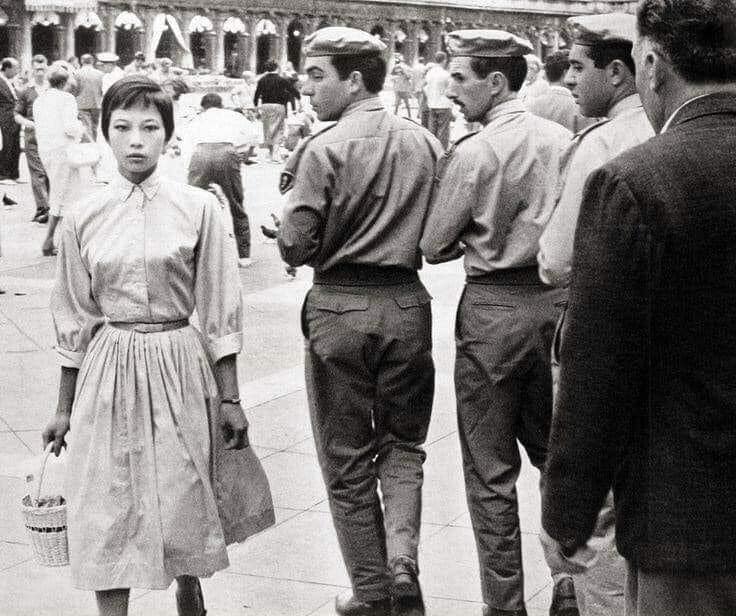 Trinidad-born British actress Jacqui Chan is caught turning the heads of uniformed passers-by in this impromptu photo taken in Venice in 1956 by Antony Armstrong-Jones (later Lord Snowdon), the British socialite photographer who eventually married Queen Elizabeth II's sister. Chan was also a photographic model and, at the time, was Armstrong-Jones's girlfriend. She is thought to have been his first love. Chan had met him in March of 1955, when the 25-year-old photographer took the then-18-year old dancer’s portrait, when she was starring in the play 'Teahouse of the August Moon'. Armstrong-Jones, however, went on to marry Britain’s Princess Margaret in 1960 during the time of his relationship with Chan. When Chan heard the news of her former lover's engagement to the Princess, she reportedly said, "Well, I hope she can cope better than I could." In an interview with The Australian Women's Weekly in February 1961, Chan wanted to make it clear that she had her own success apart from her relationship with Armstrong-Jones. “I do not owe my career to all that sort of publicity," she said. "The suggestion that I had never been offered a job until all this business is what makes me so mad. It just isn't true." Indeed, Chan has had a long and varied career, both as a dancer on stage and an actress on the silver screen. She rose to fame thanks to her turn as Gwennie Lee in a 1959 West End stage production of 'The World of Suzie Wong'. During the 1960s, she had roles in several television series including 'Dixon of Dock Green', 'The Hidden Truth', 'Armchair Theatre', and 'Ghost Squad'. She played the handmaiden Lotus in the 1963 film 'Cleopatra' that starred Elizabeth Taylor. Some of her notable works include the role of Mrs Liu in "Moving Parts" (2017); 'Sherlock' (2012); Mutant Chronicles (2008); Wake of Death (2004); and Netflix drama 'Marco Polo'. Born in 1939, Chan, cousin of famed Trinidadian painter Carlisle Chan, continues to fetch TV and film roles, and has been visiting Trinidad over the years. (Source: Dominic Kalipersad, may 19, 2022) CAGIS Virtual is a new program that brings STEM into your home with weekly, hands-on, live sessions led by real experts!
CAGIS Virtual events explore a new topic each week with fun virtual and hands-on activities led by real experts and a CAGIS instructor. Each session includes an introduction to the topic, a hands-on or virtual activity, and time for questions at the end. Sessions occur on Saturdays at the following times: Ages 7-12: 8 am Pacific • 9 am Mountain • 10 am Central • 11 am Eastern • 12 pm Atlantic Ages 11-16: 10 am Pacific • 11 am Mountain • 12 pm Central • 1 pm Eastern • 2 pm Atlantic To become a member, Join Now. CAGIS Virtual sessions are open to non-members for $16 per session. Registration will be open to members before the general public. Did you know you can purchase tickets to CAGIS Virtual sessions as a gift? Available here. Schedule Upcoming events will be posted at least one month in advance. Members will have access to event sign up links before the general public. We expect to always have enough space for all sign ups. However, in the event of a very popular event, spaces will go on a first-come-first-served basis with others added to a waiting list. The schedule is subject to change, pending changes in host availability. For more information: https://girlsinscience.ca/join/ |
T&T news blogThe intent of this blog is to bring some news from home and other fun items. If you enjoy what you read, please leave us a comment.. Archives
May 2025
Categories
All
|

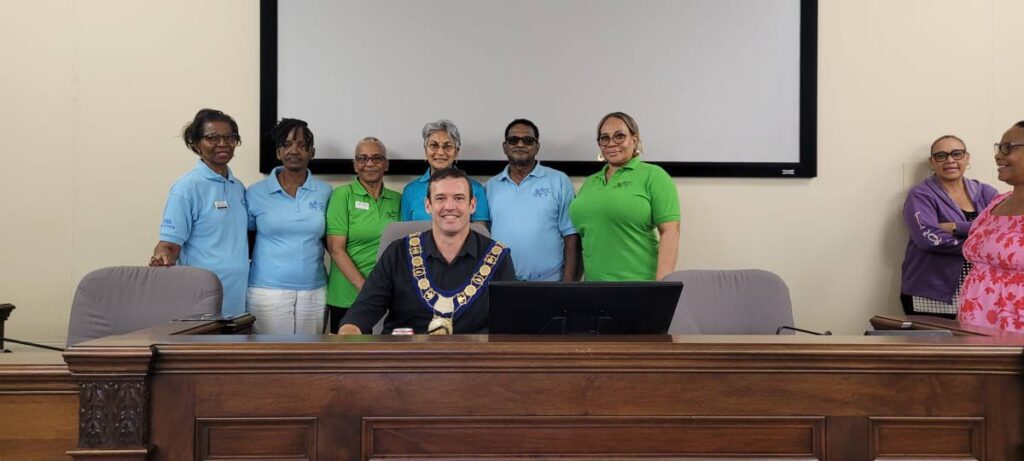

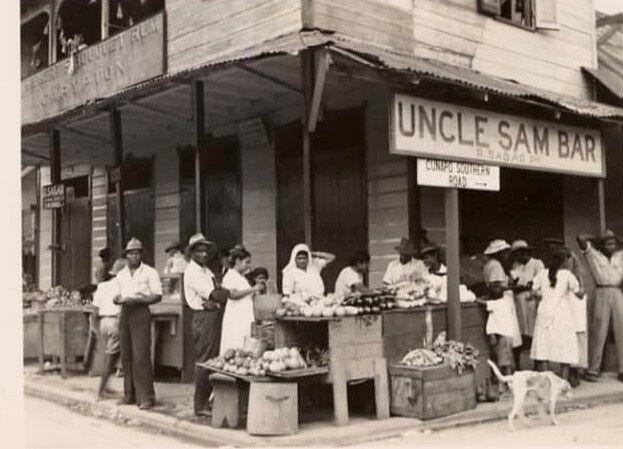

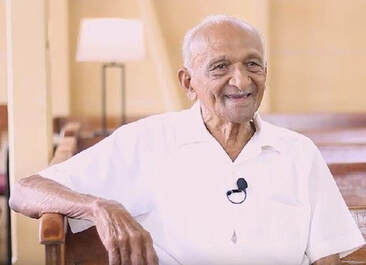
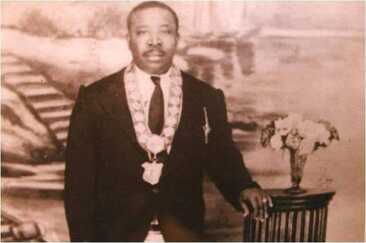
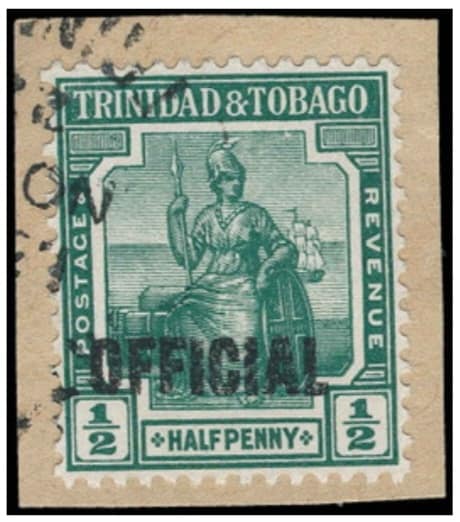
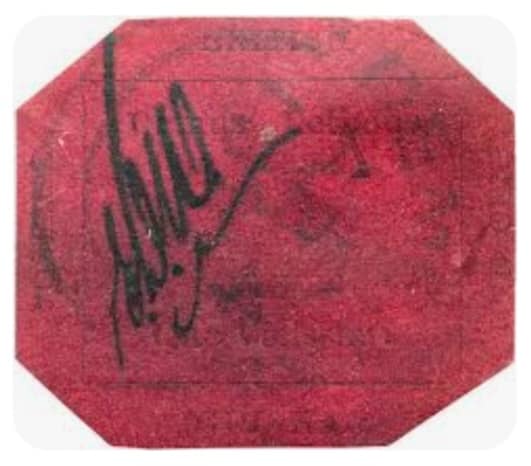
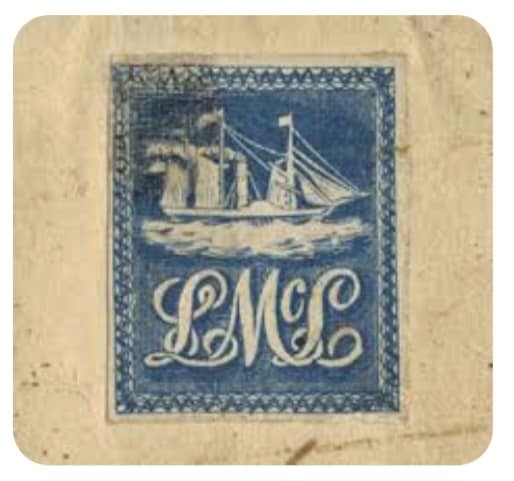
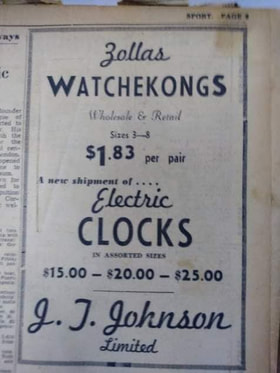



 RSS Feed
RSS Feed